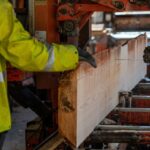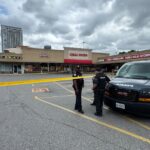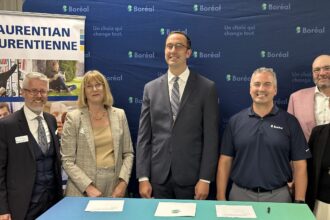In the dead of night, another automated speed enforcement camera stands decapitated on a Toronto street—the latest casualty in what has become a disturbing pattern of vandalism targeting the city’s traffic safety infrastructure. Since their introduction in 2020, these devices designed to curb dangerous driving have increasingly become targets themselves, with more than two dozen cameras damaged or destroyed in the past year alone.
“It’s not just equipment being damaged—it’s a direct attack on community safety,” says Marcus Thompson, a transportation engineer who has studied the effectiveness of speed cameras across North America. “Each camera that goes offline potentially puts vulnerable road users at risk.”
The vandalism has taken various forms, from spray-painting lenses to completely severing the units from their bases. The most recent incident occurred in Scarborough, where residents awoke to find a camera on Kingston Road not only toppled but partially dismantled—the work of what police describe as “sophisticated vandals” using power tools and possibly working in teams.
City data confirms these cameras have been effective where deployed, reducing speeding violations by an average of 38% in designated school and community safety zones. Yet the $50,000 replacement cost for each damaged unit has created a significant financial burden for Toronto’s already stretched transportation budget.
Safety advocates argue the persistent vandalism points to deeper issues with the city’s approach to road safety. “Rather than simply replacing cameras in the same vulnerable configurations, we need to rethink implementation,” explains Samantha Wright, director of Safe Streets Toronto. “Cameras are just one tool in what should be a comprehensive approach to traffic calming.”
Wright and other experts suggest embedding speed management infrastructure directly into road design—narrower lanes, raised crosswalks, and traffic circles that naturally slow vehicles without relying solely on enforcement technology. In European cities like Amsterdam and Copenhagen, such “design-first” approaches have demonstrated lasting success in maintaining safe urban speeds.
Toronto City Councillor Jennifer McKenzie has proposed a pilot program that would combine hardened camera installations with physical traffic calming measures. “We’re looking at protective bollards, raised concrete platforms for the cameras, and positioning them within larger infrastructure elements that make tampering much more difficult,” McKenzie told CO24 News.
Police have increased patrols in areas with high camera vandalism rates, but resources for constant monitoring remain limited. Meanwhile, communities affected by the damage report noticeable increases in speeding once cameras go offline. On Parkside Drive, where a camera was disabled last month, resident surveys indicated a perceived 60% increase in dangerous driving behavior within weeks.
“My children cross that street to reach their school,” says local parent Michael Chen. “The difference in driver behavior when the camera was working versus now is night and day. You can feel the danger returning to our neighborhood.”
Transportation planners from CO24 Business found that cities investing in comprehensive road safety measures—beyond just cameras—see stronger economic benefits, including increased property values, improved retail traffic, and reduced healthcare costs associated with traffic injuries.
As Toronto confronts this ongoing challenge, the question remains: will the city continue replacing vulnerable cameras, or embrace the opportunity to reimagine street safety with more vandal-resistant, design-based solutions that could make our roads inherently safer? The answer may determine whether Toronto joins the ranks of the world’s safest cities for pedestrians and cyclists or continues its struggle against those who view safety measures as targets rather than protections.

























